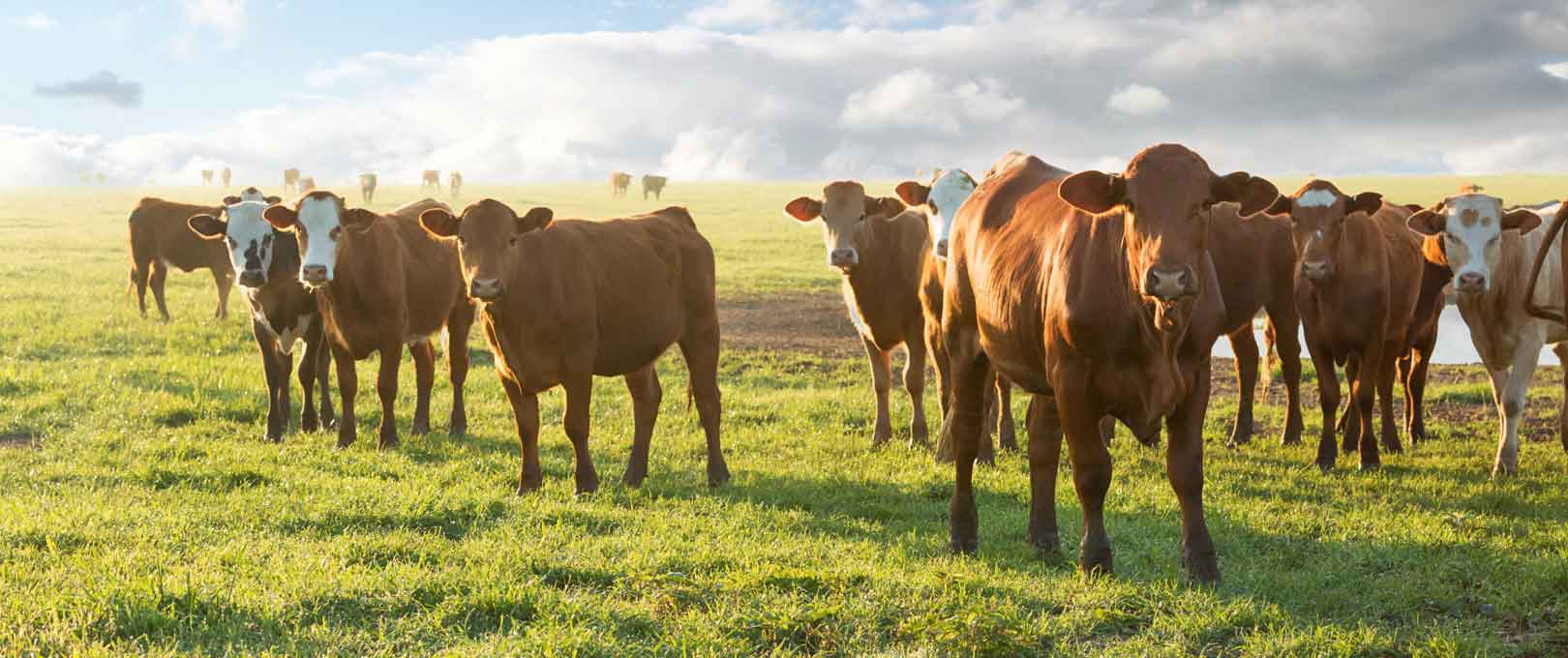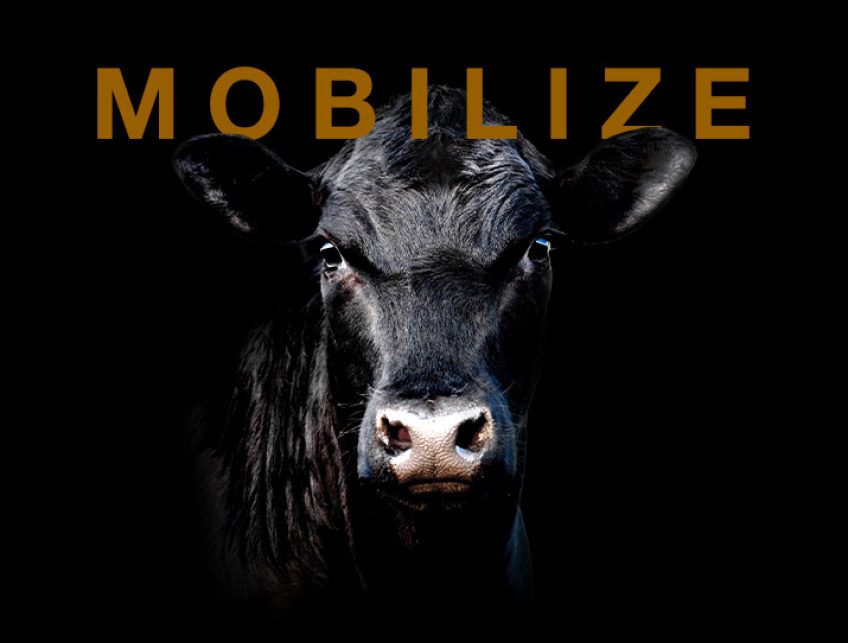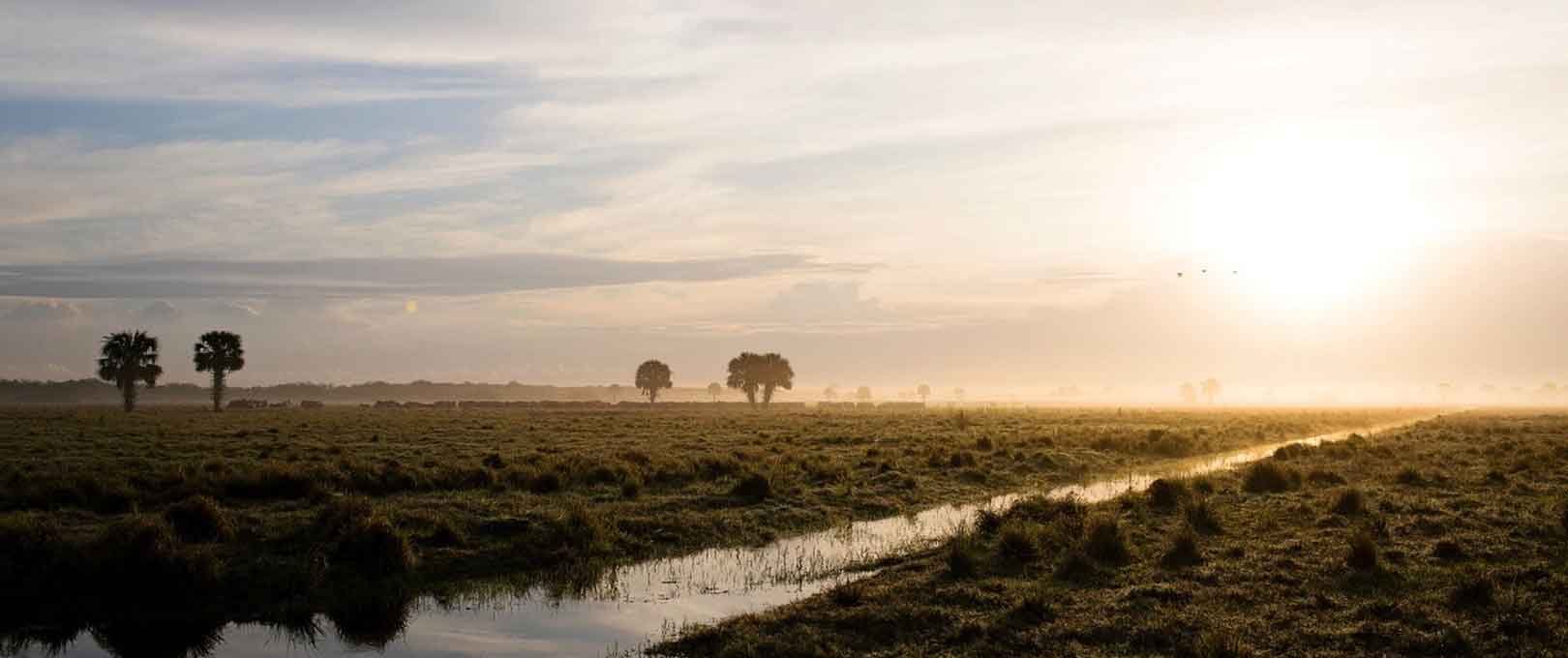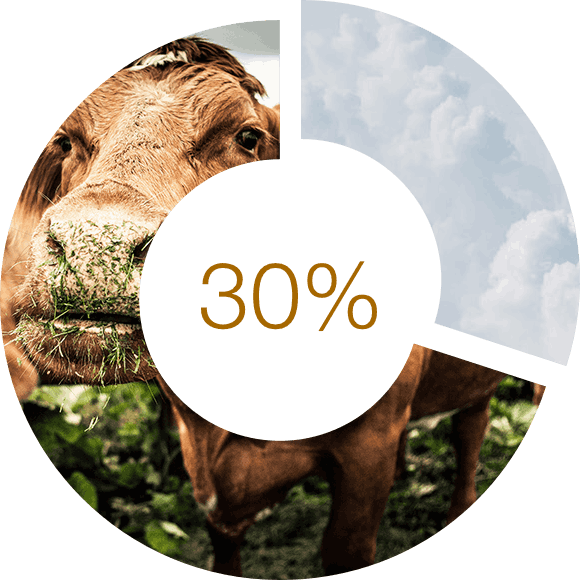
Purpose and strategy
Just as consumers want food products that are good for the environment, we know our customers – retailers, restaurants, foodservice providers and ingredient companies – are seeking ways to accelerate action to achieve ambitious sustainability goals. At the same time, farmers and ranchers want solutions that protect their livelihoods against the impacts of climate change and enable them to continue playing a critical role in feeding the world.
At Cargill, we maintain close relationships throughout the supply chain. We saw an opportunity to harness these partnerships to achieve shared sustainability ambitions. So, the BeefUp Sustainability initiative was born.
Our four-pillar approach to unlocking the potential in beef
Through BeefUp Sustainability, we are developing collective action programs that address four key areas.

Grazing management
We’re taking approaches to grazing and land management that keep cattle on the move, revitalize soils and help wildlife to flourish.

Feed production
We’re helping scale up practices that help maintain and improve healthy soils and promote carbon sequestration.

Innovation
We’re investing in innovation to create solutions that are better for the environment, the cattle and the people raising them.

Food waste reduction
We’re working with our partners across every part of our value chain to reduce waste at every stage, maximizing our shared potential for positive impact.


Setting our sights on 30 by 30
The North American beef industry contributes $102 billion to the U.S. and Canadian economies every year. It’s also where our beef supply chain is based.
Such a large-scale operation presents a valuable opportunity to evolve how things are done to safeguard the North American economy, protect the planet and take effective climate action.
We are aiming high with a bold goal:
- Source: Rotz, A. C., Asem-Hiablie, S., Place, S., & Thoma, G. (2019). Environmental Footprints of Beef Cattle Production in the United States. Agricultural Systems, Vol. 169. pp. 1-13.
- Source: Opio, C., Gerber, P., Mottet, A., Falcucci, A., Tempio, G., MacLeod, M., Vellinga, T., Henderson, B. & Steinfeld, H. (2013). Greenhouse gas emissions from ruminant supply chains – A global life cycle assessment. Food and Agriculture Organization of the United Nations (FAO), Rome.
- GHG intensity reduction measured on a per pound of product basis from a 2017 baseline.
